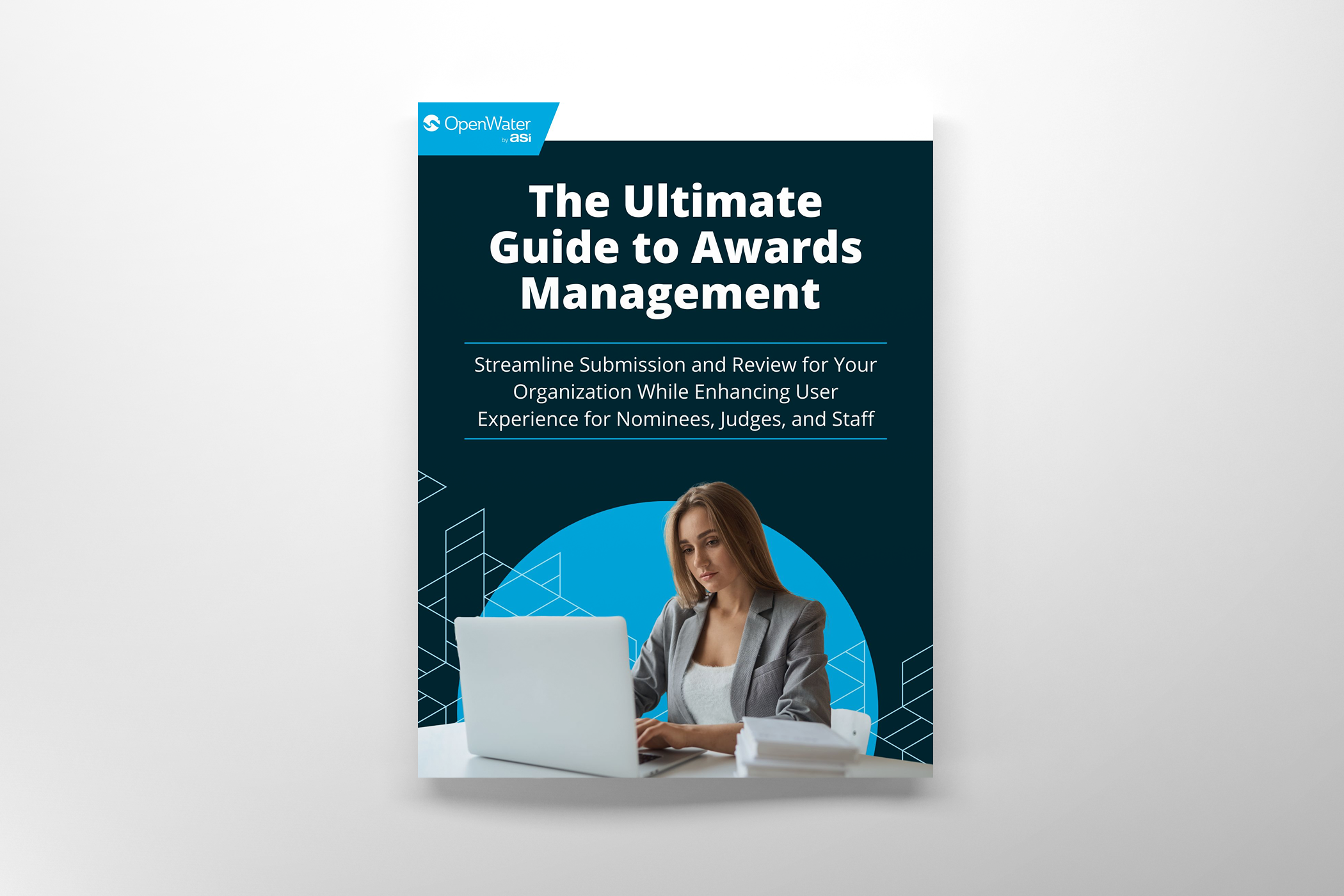
8 Metrics to Measure and Analyze After Your Abstracts Conference
Your abstracts conference just ended. And, though you may feel good about how it went, how do you actually know whether it was a success or not? Was the website helpful? Did one type of ticket sell better than others? Are sponsors pleased with how you used their money (and brands)?
These are all important questions you should be able to answer. As a conference manager, it’s your job to measure the relative successes – and failures – of your event to ensure you’re always improving. With the following 8 metrics, doing so is simple and leaves less to chance next year.
1. Ticket Sales
Do most of your attendees register during your early bird event or do most wait until general admission? Are there a lot of late registrations coming in? The answers to all of these questions will help you better plan next year’s registration and when you should start offering tickets for sale.
You may even want to create different tickets that align with attendee interests or packages you believe will sell more tickets based on how attendees have bought tickets and before.
2. Ticket Prices
Are ticket prices deterring some attendees from coming to your conference? Could you be charging more? When people register in relation to ticket price spikes will reveal how much room you have in prices. More importantly, it will help you generate extra revenue if you can logistically raise prices without deterring attendees from coming to the conference.
3. Ticket Types
Some tickets may be for the full abstracts conference whereas others may grant attendees access to just one day of the event. You should measure how many of each type of ticket you sell to see where the values lies and, if particular speakers or events are drawing a more significant crowd than others.
4. Promo Codes
By issuing unique promo codes for each speaker to offer his or her fans, you can track which were most influential in attracting attendees to your event. You may also want to measure how these codes were attained, meaning which platform they were published on. You may find that some are more successful than others in reaching attendees.
5. Conversion Rates
Do a lot of attendees come on your website only to leave without buying a ticket? Do you have high click-through rates on emails and social media but don’t have conversions to show for it?
Measuring conversions is a simple way to measure how effective your emails, social media posts, and other platforms are at not just generating interest, but results. If you find that certain content or platforms convert better than others, you’ll want to focus on these efforts before the rest.
6. Sponsorship Engagement
What benefits have your sponsors gained as part of your event? Knowing the hard numbers is not only beneficial for your sponsors this year, but will help you secure sponsorships in years to come as well.
Some metrics to measure include sponsor page views, likes, and actions taken. This will help sponsors better understand what their investment was worth moving forward and the kind of exposure they gained through association with your brand.
From your perspective, these metrics are excellent when you want to determine what works and what doesn’t on sponsor pages and how to recreate success in upcoming years.
7. Event Session Engagement
Tracking session views, likes, and other metrics where attendees can express their preference for conference events before the conference itself will help you adjust the event to suit these desires. More importantly, it will offer specific guidance in upcoming years.
Moreover, checking these statistics will help you better organize your physical event. This includes factors such as the amount of space needed for each session, event agenda changes to reflect attendee preferences, and speaker preparation, should you feel the need to alert speakers when their events are amongst the most popular at your conference.
8. Social Media Impressions
You market your event on countless social media networks – Facebook, Twitter, and LinkedIn, to name a few. By tracking your event’s popularity on each of these platforms and understanding which are generating the most interest in your conference, you can focus more attention on what’s working and secure even better results.
Metrics are the Key to Learn What Works After (and Even Before) Your Event
Metrics are a great resource when you want to figure out what worked, attract sponsors, and otherwise build your conference to continue delivering results from year-to-year.
The 8 metrics above are a great place to start in your efforts to do so.
